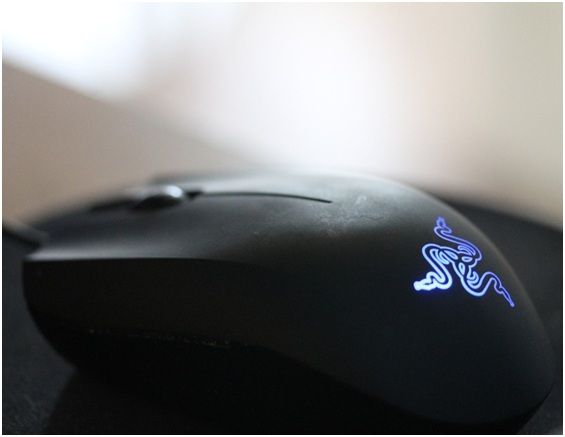As a gamer, you’re sure to enjoy your gaming experience if you use an accessory that compliments your playing style. At the same time, the accessory must be comfortable to use.That’s why using the regular mouse won’t cut it. Gaming mice are much more suitable because they are explicitly designed to enhance the gaming experience in every way they can.
Before you set out to buy a gaming mouse, here are some factors you should consider. These factors can help you select the mouse that’s most compatible with your play
Play Style
Before whipping out your credit card, you should consider the type of game you play. Games have different mouse requirements, and mouse manufacturers take this into account when making the devices. For example, RTS and MMO gamers will require additional buttons that can be assigned to alternative functions and macros, compared to FPS gamers who focus on accuracy and tracking. Knowing this will help you streamline your choices and pick the best mouse for your gaming pleasure.
Sensor
There are two types of sensors – laser and optical. Mice with laser-sensors have more accuracy than mice with optical sensors, and they work better on smooth, hard surfaces. Optical-sensor mice, on the other hand, are better at tracking compared to laser-sensor mice. They are suited for use on any surface, and, unlike the laser mouse, they don’t lag.So, which one is better for you? Well, that’s up to you and your preferences.
Prioritize Feel and Comfort
When it comes to purchasing digital gadgets or accessories, people tend to be overly focused on technical specifications. While you might get away with this when buying, say, a monitor, you won’t with a gaming mouse. How it feels in your hands when you hold it is equally, if not more, important than its specification.This is why some mice are better bought online. However, some online stores give you enough information on the mouse for you to project its feel.
Grip Style
Based on how people use their mice, there are three grip styles– palm grip, claw grip, and fingertip grip. Palm and claw grip users tend to prefer a heavier, larger mouse. People that use the fingertip grip, on the other hand, are more comfortable with a lighter, smaller mouse. For maximum gaming experience, you should figure out the type of mouse grip you use before getting a gaming mouse. This determines the shape and weight of the mouse you should buy.
Dots per Inch
A Dot per inch, or “DPI,” is used to describe the number of pixels your screen cursor will move per inch of movement. This determines the ease of movement of the cursor across your screen. You should understand that DPI and sensitivity are not the same. DPI describes a mouse’s hardware and sensor capability, while sensitivity is a software adjusted setting.
To determine the mouse with the appropriate DPI range, you should keep two things in mind; the size of your screen and the type of game you play. The bigger the screen, the more pixels it will display. A mouse with a high DPI range works perfectly for such a situation. The reverse is also true.
Counts per Inch
The CPI gives a more accurate description of the mouse’s hardware than the DPI. This is not to say it is more important than the DPI count. The two components work togetherand determine the sensitivity of the mouse. CPI refers to the physical resolution of the sensor’s camera, and it measures the rate of on-screen cursor movement relative to physical movement detected on the pad. A high CPI range makes the user exert less effort on the mouse before the cursor moves on screen.
Conclusion
In summary, when purchasing a gaming mouse, there are lots of things to consider; it’s not as straightforward as buying a phone charger. Unfortunately, understanding how these factors affect the mouse’s efficiency can be tedious. You should begin your buying process by picking a well-known brand and going from there. Use the points in this article to help your selection process.
